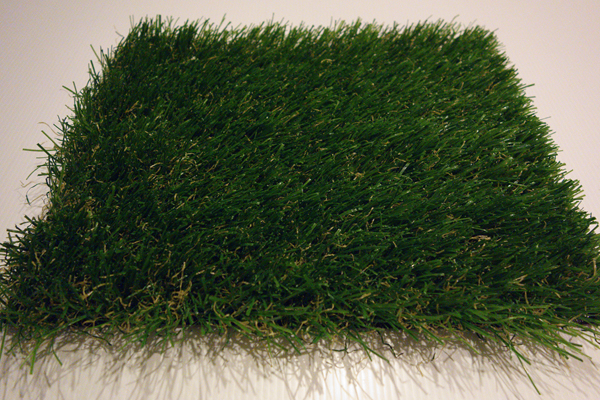The other day while playing around with the Sony RX100, a crazy idea just popped into my head for some reason, that idea was "why not try to take some packshots with it". The idea was crazy because prior to this I have only "attempted" to do packshot photography, but after a very short time of having to try and move a large and heavy DSLR around a small set, I soon gave up. I have always thought it might be more convenient doing it with a compact, but until now I haven't had a compact with a good enough image quality to be worth trying, and equally important, one that takes RAW images, so I can white balance the image properly.
 |
| looking pretty good for a 30 year old |
You can see the image I got from the RX100 above. Not bad for a first attempt ever if I say so myself :). The lens in the picture is the Minolta 35mm f1.4, and I think it's looking pretty good considering it is about 30 years old. The little white specks you see aren't scratches either, they are dusts, note to self "don't forget to clean the product next time". In case you are wondering how I setup the shot, please carry on reading below.
 |
| the cheapest lamps I could find |
I didn't set myself a challenge to do the cheapest packshot possible, but with the state of the economy (and more importantly me being pretty cheap), I just wanted to spend as little money as possible. I knew I needed light sources for the shoot, and I figure using lamps would be the cheapest option. I just didn't realize how expensive lamps are these days, everywhere I looked they were costing at least 10-12 dollars each. So I kept searching and hoping, and my efforts were not in vain, eventually I found some at a discount store that costs $5 each, and so I bought a couple.
 |
| what? the bulbs cost almost as much as the lamp? |
Sadly the lamps did not come with light bulbs included, so that meant more money. I bought a 100 watt to use as the main, and a 25 watt to use as fill and it was $5 for the two. It could have cost even less had I bought a regular filament, but I decided to keep with the time and be conscience of the environment and so I went with the more expensive energy saving bulbs.
I also used a torch I had lying around as another extra fill light.
A $2 piece of future board will have to do as the stage.
For the subject I chose an old Minolta 35mm f1.4 lens, since it took great pictures maybe it will take a great picture as well...get it :).
 |
| The China Rig |
Above is my rough setup, with the 100 watt bulb in front of the lens (on the near side of the photo) and the 25 watt bulb as fill from behind (far side of the photo). The flashlight was used as an extra soft fill to light the shadow area right below the lens, to help make the shadow less harsh.
I call it the China Rig, since pretty much everything is made in China except for the lens.





































